
Dentistry
- Home
- Dentistry
Dentistry, also known as dental medicine and oral medicine, is a branch of medicine that consists of the study, diagnosis, prevention, and treatment of diseases, disorders, and conditions of the oral cavity, commonly in the dentition but also the oral mucosa, and of adjacent and related structures and tissues, particularly in the maxillofacial (jaw and facial) area. Although primarily associated with teeth among the general public, the field of dentistry or dental medicine is not limited to teeth but includes other aspects of the craniofacial complex including the temporomandibular joint and other supporting, muscular, lymphatic, nervous, vascular, and anatomical structures. Dentistry is often also understood to subsume the now largely defunct medical specialty of stomatology (the study of the mouth and its disorders and diseases) for which reason the two terms are used interchangeably in certain regions.
Faculty
| Teaching Staff | |||
| Photo | Name of the Faculty Qualification Registration No. |
Designation | Details |
|---|---|---|---|
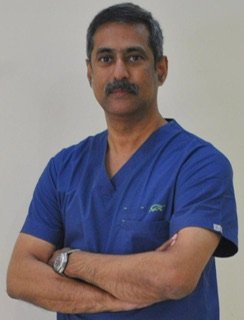 |
Dr. K. Padma Rayalu MDS Reg No: A1061 |
Professor & HOD | View Details |
 |
Dr. Mohd. Osman Ali MDS Reg No: A-6329 |
Associate Professor | View Details |
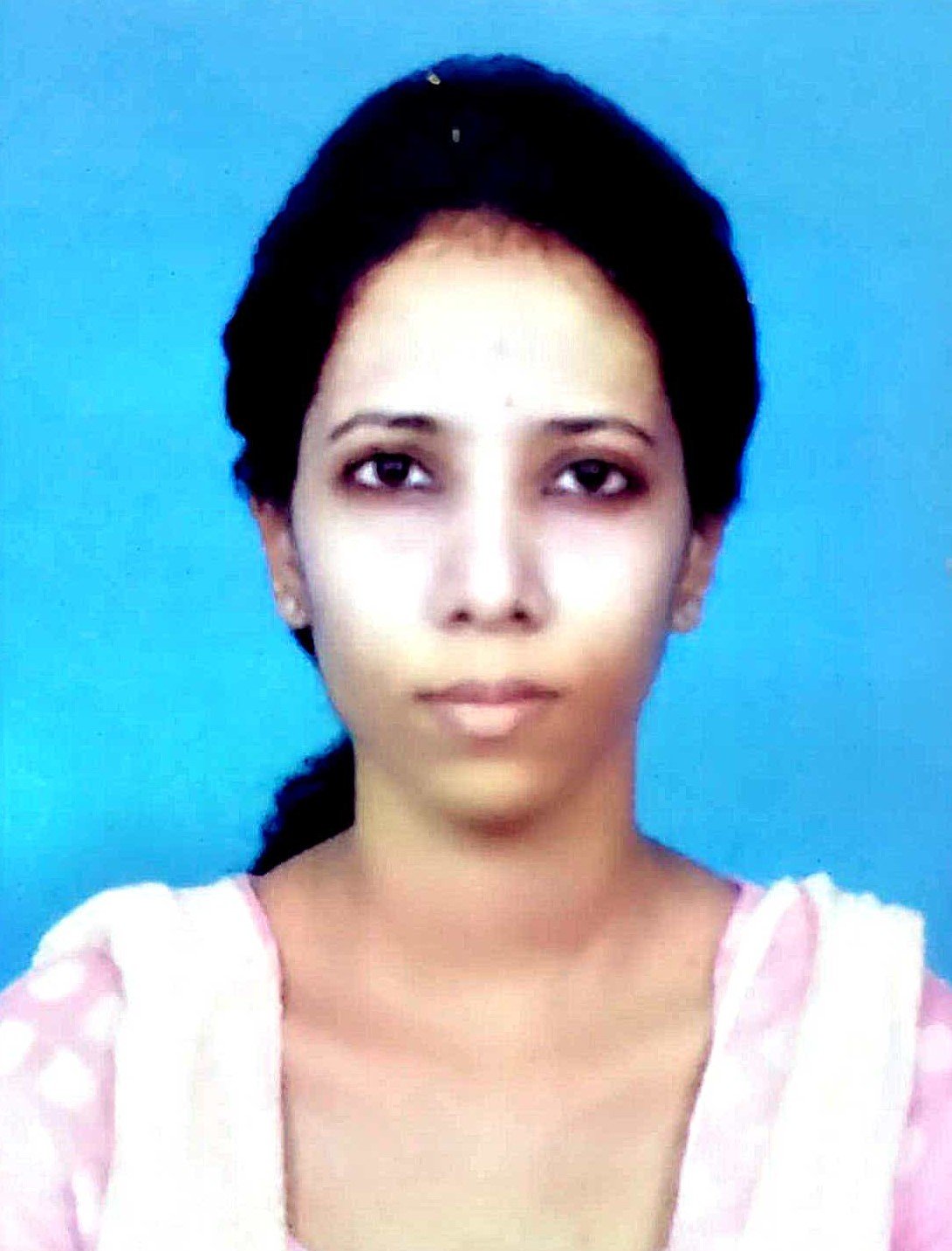 |
Dr. Umayra BDS, MDS - Oral and Maxillofacial Surgery Reg No: A-984 |
Assistant Professor | View Details |
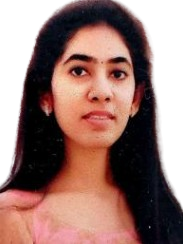 |
Dr. Lakshmi Radhika Pothini BDS, MDS - Periodontology Reg No: A-10083 |
Assistant Professor | View Details |
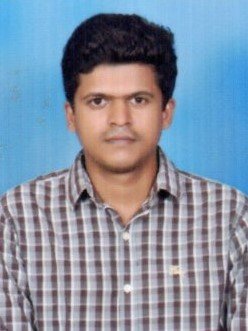 |
Dr. Mohammad Zahed Fazal MDS Reg No: A-4075 |
Senior Resident | View Details |
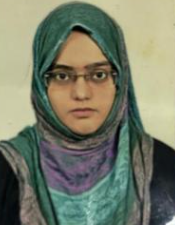 |
Dr. Juwaria Jabeen BDS Reg No: A 14756 |
Tutor | View Details |
 |
Dr. Sania Afshan Khatoon BDS Reg No: A-10155 |
Tutor | View Details |
 |
Dr. Mohammed Ajmal Shareef BDS Reg No: A-9875 |
Tutor | View Details |
| Non-Teaching Staff | ||
| Name | Designation | |
|---|---|---|
Achievments & Recognitions
Publications
2023
Ali, Mohd. Osman; Alva, Babashankar; Nagaral, Suresh; Patil, Rohit; Khan, Mohammad Ullah; Tiwari, Durgesh A.
Association between Candida albicans and COVID-19 in complete denture wearers: An observational study Journal Article
In: Cureus, vol. 15, iss. 10, pp. e47777, 2023, ISSN: 2168-8184.
@article{Ali_2023b,
title = {Association between Candida albicans and COVID-19 in complete denture wearers: An observational study},
author = {Mohd. Osman Ali and Babashankar Alva and Suresh Nagaral and Rohit Patil and Mohammad Ullah Khan and Durgesh
A. Tiwari},
url = {https://www.cureus.com/articles/200623-association-between-candida-albicans-and-covid-19-in-complete-denture-wearers-an-observational-study#!/},
doi = {10.7759/cureus.47777},
issn = {2168-8184},
year = {2023},
date = {2023-10-27},
journal = {Cureus},
volume = {15},
issue = {10},
pages = {e47777},
abstract = {Introduction: The phenomenon of coronavirus disease 2019 (COVID-19)-related candidiasis is gaining increased attention and acknowledgment as an integral component of the severe consequences of COVID-19. The aim of the
present study was to assess the association between Candida albicans and COVID-19 in complete denture wearers.
Materials and methods: An observational study was conducted on 45 complete denture wearers, who were divided into three groups as follows: Group 1, 15 subjects with mild to moderate COVID-19 infection; Group 2, 15 subjects with severe COVID-19 infection; and Group 3, 15 subjects without COVID-19 infection. Mean colony forming units (CFU) were observed on agar plates containing Sabouraud dextrose in the salivary samples of the participants. Analysis of variance, followed by post-hoc analysis by Tukey’s test, was used to compare CFU between the groups. Pearson’s correlation coefficient was used to study the correlation between variables.
Results: The highest average colony-forming units of Candida albicans were observed in Group 2, followed by Group
1, compared to the control group, and a significant (p<0.001) difference was found. A weak positive correlation was found between the age of the patients and the duration of denture usage, as well as between age and the counts of Candida albicans in Groups 1 and 3. This correlation was more pronounced in Group 3. A strong positive correlation was observed in all groups between the Candida albicans count and the duration of denture usage by the patients.
Conclusion: The association between Candida albicans and denture wear was compounded by the presence of COVID-19. Consequently, the timely identification of Candida albicans infection in patients with COVID-19 is
important to establish more efficacious approaches for antifungal treatment and prophylactic interventions.},
keywords = {},
pubstate = {published},
tppubtype = {article}
}
present study was to assess the association between Candida albicans and COVID-19 in complete denture wearers.
Materials and methods: An observational study was conducted on 45 complete denture wearers, who were divided into three groups as follows: Group 1, 15 subjects with mild to moderate COVID-19 infection; Group 2, 15 subjects with severe COVID-19 infection; and Group 3, 15 subjects without COVID-19 infection. Mean colony forming units (CFU) were observed on agar plates containing Sabouraud dextrose in the salivary samples of the participants. Analysis of variance, followed by post-hoc analysis by Tukey’s test, was used to compare CFU between the groups. Pearson’s correlation coefficient was used to study the correlation between variables.
Results: The highest average colony-forming units of Candida albicans were observed in Group 2, followed by Group
1, compared to the control group, and a significant (p<0.001) difference was found. A weak positive correlation was found between the age of the patients and the duration of denture usage, as well as between age and the counts of Candida albicans in Groups 1 and 3. This correlation was more pronounced in Group 3. A strong positive correlation was observed in all groups between the Candida albicans count and the duration of denture usage by the patients.
Conclusion: The association between Candida albicans and denture wear was compounded by the presence of COVID-19. Consequently, the timely identification of Candida albicans infection in patients with COVID-19 is
important to establish more efficacious approaches for antifungal treatment and prophylactic interventions.
2022
Sarepally, Godvine; Seethamsetty, Swetcha; Karpe, Tanveer; Nasyam, Fazil A.; Fatima, Umayra; Fatema, Raia
A comparative evaluation of 2.0mm two-dimensional miniplates versus 2.0mm three-dimensional miniplates in mandibular fractures Journal Article
In: Cureus, vol. 14, iss. 1, pp. e21325, 2022, ISSN: 2168-8184.
@article{Sarepally_2022,
title = {A comparative evaluation of 2.0mm two-dimensional miniplates versus 2.0mm three-dimensional miniplates in mandibular fractures},
author = {Godvine Sarepally and Swetcha Seethamsetty and Tanveer Karpe and Fazil A. Nasyam and Umayra Fatima and Raia Fatema},
url = {https://www.cureus.com/articles/82777-a-comparative-evaluation-of-20mm-two-dimensional-miniplates-versus-20mm-three-dimensional-miniplates-in-mandibular-fractures#!/},
doi = {10.7759/cureus.21325},
issn = {2168-8184},
year = {2022},
date = {2022-01-17},
urldate = {2022-01-01},
journal = {Cureus},
volume = {14},
issue = {1},
pages = {e21325},
publisher = {Cureus, Inc.},
abstract = {Background: In the past few decades, there has been an increasing interest in obtaining a more instantaneous return to normal function using diverse methods of direct fixation. Aims and Objectives: To compare the conventional 2-mm 2D (two-dimensional) miniplates and 2-mm 3D (three-dimensional) miniplates in terms of treatment outcome, stability, duration of surgery, and complications of treatment of symphysis and parasymphysis mandibular fractures. Materials and Methods: 16 patients with clinical and radiological evidence of fractures of the mandible in symphysis and parasymphysis areas treated by open reduction and internal fixation with 2D miniplates and 3D miniplates. The patients were followed up for three months and assessed clinically and radiographically by taking orthopantomograms. The assessment was made on the immediate postoperative day, third day, fifth day, the seventh day, two weeks, three weeks, four weeks, two months, and three months. Results: Mean intraoperative time taken for 2D miniplate was 54.8 min and for 3D miniplate was 40.6 min. Mild paraesthesia at the soft tissue region supplied by mental nerve was noticed in two patients (25%) of group I, whereas there was no such paraesthesia observed in group II patients. Wound dehiscence and infection were noticed in one patient in group I. Conclusion: 3D plates seem to be better than conventional 2-mm miniplates for symphysis and parasymphysis fractures. },
key = {pmid35186584},
keywords = {},
pubstate = {published},
tppubtype = {article}
}
2019
Mohd, Yousuf Qureshi; Reddy, Sreenatha; Sinha, Ramen; Agarwal, Anmol; Fatima, Umayra; Abidullah, Mohammed
Three-dimensional miniplate: for the management of mandibular parasymphysis fractures Journal Article
In: Annals of Maxillofacial Surgery, vol. 9, iss. 2, pp. 333-339, 2019, ISSN: 2231-0746.
@article{Mohd_2019,
title = {Three-dimensional miniplate: for the management of mandibular parasymphysis fractures},
author = {Yousuf Qureshi Mohd and Sreenatha Reddy and Ramen Sinha and Anmol Agarwal and Umayra Fatima and Mohammed Abidullah},
url = {https://journals.lww.com/aoms/fulltext/2019/09020/three_dimensional_miniplate__for_the_management_of.15.aspx},
doi = {10.4103/ams.ams_172_17},
issn = {2231-0746},
year = {2019},
date = {2019-12-01},
urldate = {2019-01-01},
journal = {Annals of Maxillofacial Surgery},
volume = {9},
issue = {2},
pages = {333-339},
publisher = {Medknow},
abstract = {Background: Recently, oral and maxillofacial surgeons are favoring three-dimensional (3D) miniplates to treat mandibular fractures. Aims: The aim of the study is to evaluate the efficacy of 3D-miniplates over standard miniplates in the management of mandibular parasymphysis fracture. Materials and Methods: Forty patients with mandibular parasymphysis fractures were divided into two groups of 20 patients each. Group I patients underwent osteosynthesis of mandibular fracture by noncompression, unicortical, and stainless steel 3D miniplates, and Group II patients underwent osteosynthesis by noncompression, unicortical, and stainless steel Champy's miniplates. All the patients were followed up 6 months’ postoperatively, evaluating occlusion, mobility of fracture segment, pain, wound dehiscence, neurological deficit, and infection. Statistical Analysis Used: The data were analyzed by SPSS for windows (version 17) statistical package (SPSS Inc., Chicago, IL, USA). Chi-square test was carried out to determine the statistical difference between the groups. Results: Mobility of the fractured site was evaluated postoperatively after 2 weeks, and it was found that mobility was absent in all the cases of Group I and 36 (80%) cases in Group II. There was significant difference in the mean visual analog scale scores among the Group I and II when compared from preoperative to 4-week follow-up. In Group II, two patients showed wound dehiscence. After 2 weeks, infection was seen in two patients of Group II. Conclusion: 3D plates in mandibular parasymphysis fractures give dimensional stability and carry low morbidity and infection rates.},
key = {pmid31909011},
keywords = {},
pubstate = {published},
tppubtype = {article}
}
Seethamsetty, Swetcha; Sarepally, Godvine; Sanober, Arshiya; Qureshi, Yousuf; Fatima, Umayra; Arif, Shaik Mohammed
In: Journal of Pharmacy & BioAllied Sciences, vol. 11, iss. 5, pp. S18-S23, 2019, ISSN: 0975-7406.
@article{Seethamsetty_2019,
title = {A comparative evaluation of the effectiveness of chitosan-based dressing and conventional method of hemostasis in patients on oral antithrombotic therapy without therapy interruption},
author = {Swetcha Seethamsetty and Godvine Sarepally and Arshiya Sanober and Yousuf Qureshi and Umayra Fatima and Shaik Mohammed Arif},
url = {https://journals.lww.com/jpbs/fulltext/2019/11001/a_comparative_evaluation_of_the_effectiveness_of.3.aspx},
doi = {10.4103/jpbs.jpbs_229_18},
issn = {0975-7406},
year = {2019},
date = {2019-02-01},
urldate = {2019-01-01},
journal = {Journal of Pharmacy & BioAllied Sciences},
volume = {11},
issue = {5},
pages = {S18-S23},
publisher = {Medknow},
abstract = {Aims and Objectives: To assess the effectiveness of chitosan-based dressing after extraction in individuals on antithrombotics, without modification of their treatment schedule. Materials and Methods: A randomized comparative study was carried out on 40 subjects who had two extraction sites, in dissimilar quadrants. The surgical site was chosen at random and post-extraction hemostasis was achieved by a custom-cut chitosan dressing (study site) and sterile cotton gauze dressing (suturing if required) at control site. Patients were reviewed on the first, third, fifth, and seventh postoperative days and every week till 4 weeks. The parameters assessed were timing of hemostasis, pain scores, and pus discharge. Results: Out of 40 study subjects, 24 (60%) were males and 16 (40%) were females. The age was 40–65 years (mean age 54 years). The mean time for hemostasis was 0.63 ± 0.27 min in study group, whereas for controls, it was 9.10 ± 2.28 min. The difference in postoperative pain was significant (P = 0.001) on days one, five, and seven. In chitosan group extraction sites, dry socket was not seen, whereas four patients on day three and five patients on day five after extraction experienced dry socket in pressure gauze dressings group, with an insignificant difference (P = 0.058). In chitosan group extraction sites, no pus discharge was seen. Whereas four patients on days three and five after extraction had pus discharge in patients where pressure dressings were applied, with an insignificant difference (P = 0.058). Conclusion: Chitosan dressing is a competent hemostatic agent that significantly reduced the post-extraction bleeding, with better pain control. Chitosan group had no incidences of dry socket and pus discharge.},
key = {pmid30923426},
keywords = {},
pubstate = {published},
tppubtype = {article}
}